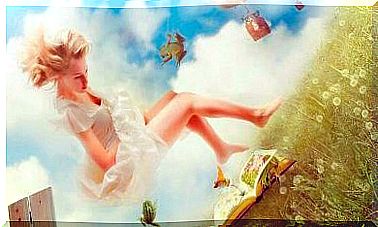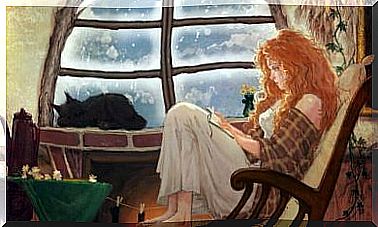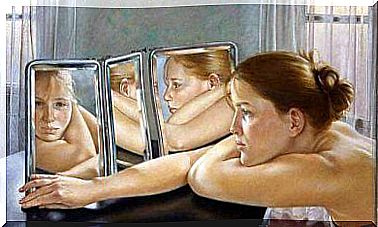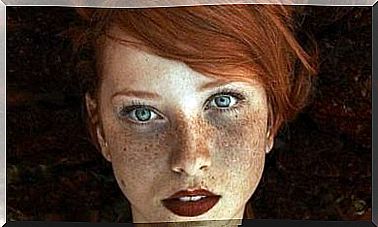Michelangelo Buonarroti: Genius Ahead Of His Time
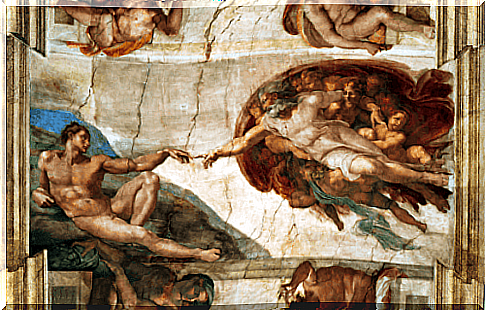
Michelangelo Buonarroti was one of the greatest geniuses of the Renaissance. He possessed four of the main virtues of the artist of his time: architect, painter, sculptor and poet. But if there was one thing he excelled at, it was the ability to express his talent to the fullest. Art had never seen such aesthetic realism.
Much of the emotional intensity typical of each of his paintings and sculptures probably came from his strong character. He was not an easy man at all; his personality, hard as the stone he carved, often oscillated between anger, pride and a desire for solitude. He was a rich man, but he never wanted to enjoy his possessions.
Always admired by his contemporaries , the ecclesiastical elite adored him, the Popes claimed his art and his hands to give life to their basilicas, light on the walls and body to the most important biblical figures. The Pietà or the David are two illustrious and exceptional examples of his charisma and genius, comparable only to that of Leonardo Da Vinci.
Michelangelo Buonarroti was a leading figure of the Renaissance, in turn marked by an era in crisis. Around him echoed the first sounds of religious turmoil, the shadow of the Counter-Reformation and the arrival of another artistic style: Mannerism.
Michelangelo Buonarroti, biography of a Renaissance genius
He was born in 1475 in Caprese, Tuscany. His family held important positions in the Florence of the time. Already as a child he showed marked skills for the artistic disciplines. Leonardo’s father Ludovico, however, did not believe it was the right path for the second of his five children.
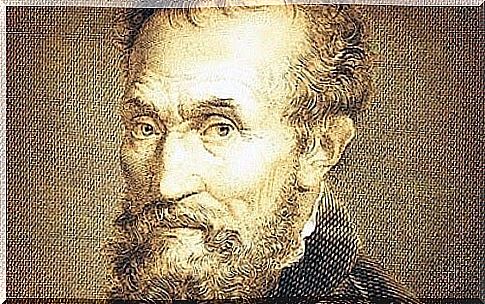
Michelangelo was supposed to take care of the family patrimony. It would then be routed to other areas of knowledge. For this reason, his father decided to send him to Florence to study grammar with the humanist Francesco da Urbino. But the young Buonarroti already had a determined character. He knew very well what his path would be, enclosed in his hands eager to create.
He took advantage of his stay in Florence to get in touch with the artistic environment of the city. In a short time he became an apprentice in a workshop belonging to the Medici. Later, Lorenzo the Magnificent himself (considered by historians as the father of the Renaissance) will amaze with his first works of art.
Michelangelo Buonarroti’s mastery was budding. And this first step allowed him, among other things, to take charge of the family after the failure of his father.
The titanic works of a sculptor with a strong character
In the Medici Academy, Michelangelo Buonarroti came into contact with Plato’s theories that will serve as a model to give shape to his literary and plastic works. With the death of Lorenzo de Medici in 1492 his life underwent a strong change. He temporarily abandoned the court and began to carry out various works between Bologna and Rome, where he left his artistic imprint.
He sculpted a crucifix in polychrome wood for the prior of the Florentine church of the Holy Spirit. In 1493 he bought a huge block of marble and sculpted a gigantic statue of Hercules; the largest ever seen until then. At 21 he moved to Rome to create a work commissioned by Cardinal Raffaele Riario; another titanic statue, this time of the god Bacchus.
In 1505 Pope Julius II himself commissioned a work of epic dimensions to Michelangelo Buonarroti. It was a funeral monument, a work that was supposed to contain 40 figures. At a certain point, however, the pontiff shifted his attention to the intervention of Bramante involved in the project of the Basilica of San Pietro. Michelangelo, disgusted by the gesture, abandons Rome, leaving his work unfinished.
He even risked excommunication as he refused to return. Eventually, however, he gave in and that was how the fame linked to his proud character began. His relationship as complex as it was fruitful with Pope Julius II began. From that meeting important works were born such as the Moses and the Sistine Chapel. For the realization of the latter, Michelangelo asked the pontiff for full freedom of expression. And so it was.
The loves of Michelangelo Buonarroti
Michelangelo Buonarroti was extremely fascinated by the human body. His titanic works retain the beauty and vigor inspired by the many young people who frequented his shop every day. Names such as Cecchino dei Bracci or Tommaso Cavalieri, his pupils, were part of the artist’s emotional life.
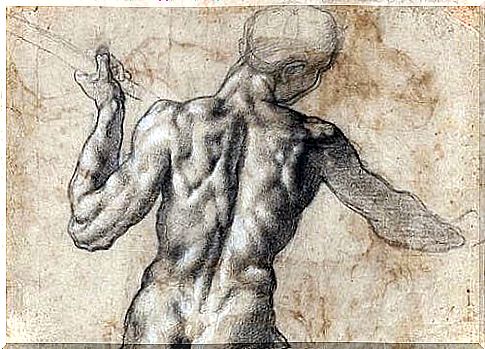
His connection with a noblewoman is also well documented: Vittoria Colonna. The passion for poetry, religion and Dante’s work united them. The aristocratic widow, in fact, was for Michelangelo the perfect Beatrice of the Divine Comedy .
He was a source of inspiration for Buonarroti in life and in death, since he died prematurely, immersing the artist in a state of profound sadness.
The last few years, La Pietà Rondanini
Michelangelo Buonarroti begins the Pietà Rondanini in 1556, at the age of eighty. However, he will not be able to carry it out. He was not in good health, he felt alone, besieged by officials and troubled by the changes that were taking place in the artistic field. The Council of Trent had banned the representation of the nude in religious art, an affront to the master Buonarroti.
Pope Pius IV had commissioned Daniele da Volterra to conceal the nakedness of most of the works created by the great master. Michelangelo was exhausted, frustrated and terribly heartbroken by what was happening. The Pietà Rondanini is a shining example of the mood of the brilliant sculptor, the great Renaissance master.
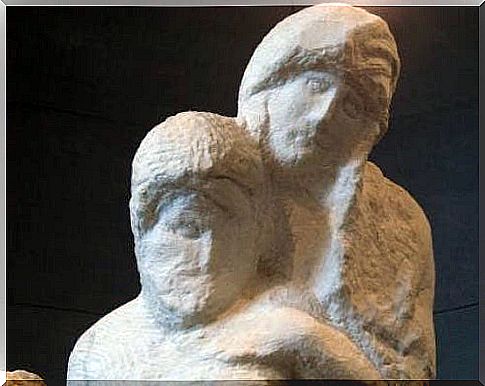
The work consists of two ghostly figures, almost devoid of somatic features ; elongated faces that symbolize a silent cry wrapped in pain. It is the last farewell, almost a premonition, of an artist capable of giving life to marble, of making his sculptures quiver with a chisel, of giving splendor to the Church with his titanic works … The same ones that have suffered the profanation of censorship.
Michelangelo died in 1564 and was buried in Florence surrounded by his friends. Its name is part of that splendid Renaissance that was already beginning its decline to move towards mannerism. He was the artist of passion and extreme emotion. His legacy had the same strength as his work in life, and it still leaves us breathless today.

